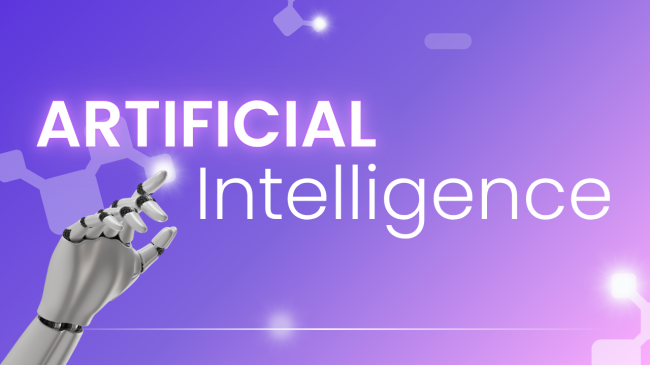X (formerly Twitter) is now letting AI chatbots generate Community Notes — the platform’s collaborative fact-checking feature once hailed as a unique defense against misinformation. But in a world already skeptical of AI's judgment, this move isn’t just bold — it’s controversial.
AI-Powered Notes: What’s Actually Happening?
As part of a new pilot program launched on July 1, X is inviting third-party developers to build AI-powered “Note Writers.” These bots — powered by Grok, ChatGPT, Claude, or other large language models — can now draft Community Notes on eligible posts when a user requests more context.
But here’s the catch: the AI’s draft doesn’t go live instantly. Just like with human-written notes, it needs a thumbs-up from contributors across different political or ideological backgrounds. Only then does it appear publicly — with a clear label saying it was generated by AI.
Why X Is Doing This Now?
Keith Coleman, X’s VP of Product, gave a simple reason: “Humans don’t want to check every single post.” He’s not wrong — even with thousands of contributors, only a fraction of viral posts get a Note. AI could dramatically widen coverage and surface context faster, especially when major events or misinformation storms hit the timeline.
According to X, in a recent 12-day stretch, Community Notes were viewed over 250 million times — but usage has actually dropped 50% since January. This pilot could be the spark to reignite momentum.
How the System Works — Safeguards and Sanity Checks
This isn’t a free-for-all. AI bots don’t run wild across the platform. Instead:
- Bots generate Notes only when triggered by user interest.
- Every note goes through the same community approval process.
- If a note fails to achieve cross-perspective consensus, it’s discarded.
- All AI-generated notes are clearly labeled.
Developers must opt in, and their bots earn (or lose) privileges based on performance, meaning public helpfulness ratings matter more than model size or sophistication.
Can AI Be a Reliable Fact-Checker?
This is where things get tricky.
We know LLMs can hallucinate. They sometimes “explain” things with confidence even when dead wrong. That’s why X’s reliance on human oversight is key. According to X’s internal research, hybrid teams — AI-generated drafts plus human review — produce the highest-quality Notes.
Still, scale may become a double-edged sword. More Notes might mean more noise. If reviewers can’t keep up, flawed AI notes could slip through. Will the trust that Community Notes has built over the years erode under the weight of faulty automation?
Open to All Developers — But With Rules
X is treating this like an open-source challenge. Developers across the globe can participate — but only if they agree to transparency, data-sharing, and continuous feedback loops. Their AI’s note quality will be judged publicly and adjusted in real time based on ratings.
It’s a kind of reputation economy for bots — and a test of whether open AI ecosystems can function responsibly in real-world civic infrastructure.
This pilot program signals more than just automation — it’s a statement. X is trying to prove that AI doesn’t have to replace people, but can extend their reach. In an age of content floods and misinformation sprints, human-only moderation simply doesn’t scale.
If this works, we could see:
- Real-time fact-checks on viral posts within seconds
- Less dependence on centralized moderators
- More community-led models for social truth-telling
But if it fails, it could validate critics who argue that AI isn’t ready to be the referee in the digital town square.
Key Questions Moving Forward
- How accurate will AI-generated notes be on complex or controversial topics?
- Will human reviewers be overwhelmed by the volume of AI drafts?
- Can public trust in Community Notes survive automation?
Final Take: A Risky but Necessary Bet
X’s experiment with AI-generated Community Notes is one of the boldest steps any social platform has taken in rethinking moderation at scale. It blends machine efficiency with human wisdom — but whether that balance holds will define how trustworthy the platform remains in the months ahead.
For now, the bots are writing. The humans are watching.
And the world is waiting.





